Many times you, dear pilgrims, have asked us this question: is it possible to do the Camino de Santiago in a tent? An interesting question, since many of us like everything related to camping, a way of traveling with a very important and interesting component of adventure as an advantage, although it also has its drawbacks. In this article we will look at these and other questions, but first we must answer the question of whether or not you can do the Camino de Santiago in a tent.
We have come up against the law
Yes, in this type of matters, it is necessary to consult the regulations in force and see what the law says, which in Spain may vary from one Autonomous Community to another.
First of all, it is necessary to differentiate between camping in authorized sites and free camping. Of course, camping in authorized sites is allowed, as this is the function of these sites, the campsites. On the Camino de Santiago we can find many types of accommodation, such as hostels, pensions, hotels, etc… and even campsites, although we will not always find them. In any specialized website about campsites you can check the available ones depending on the route you are going to do. Being in this way, the answer is yes, you can do the Camino de Santiago in a tent.
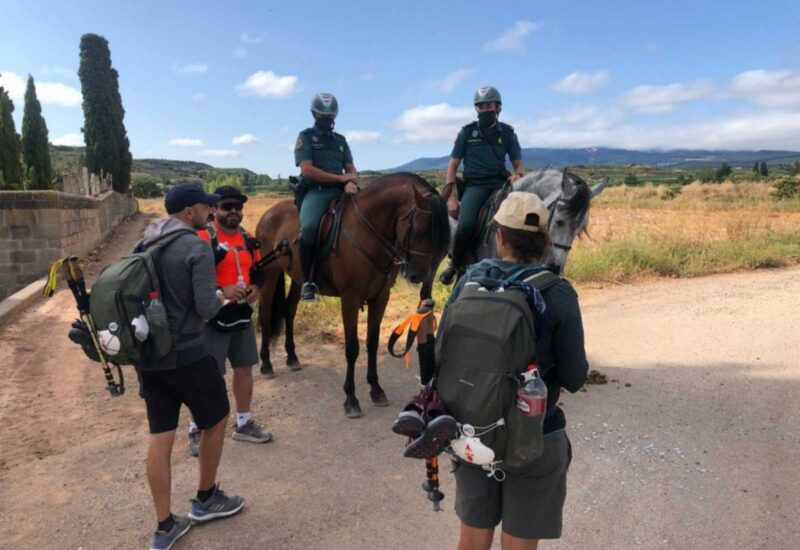
As for free camping, here the law, in general terms, is clear: you cannot camp freely and spontaneously in a non-permitted area, which are generally all those that are not campgrounds. However, the different municipalities may have some place or public space that, not being a campsite, may be enabled for the camping delimited and controlled, being the closest thing to a free camping. In other words, in this way and in general terms, it is not allowed, although there may be exceptions. Therefore, be sure to check with the local authorities, you may risk a fine of several zeros.
The exception that proves the rule
Long live the Spanish proverb, which always gives us a new point of view.
Another thing is to find a private space, such as the garden of a hostel or a private home, the courtyard of a church, the property of a landowner, among others, where the owner or person in charge allows us to camp, sometimes paying and sometimes not. This happens frequently in public hostels, which are often free buildings with some available land, and perhaps the kind hospitalero will let us open our tent in it or perhaps sleep outdoors. We have known cases in which camping has been allowed for a fee, thus being able to use the bathrooms and kitchens of the lodge.
The stages of the Camino de Santiago generally begin and end in rural or urban areas, although they are always inhabited. Although it is not possible, one option that many pilgrims take is to camp in forests or areas far from inhabited areas, although this option leaves us without nearby services and with a certain component of danger, as we are isolated.
What does camping involve?
We will agree: camping is an exciting experience with a high component of adventure, especially if it is free camping; this is a first advantage, perhaps the main one, but camping also has some disadvantages.
Whether in an enabled space or not, doing the Camino de Santiago with a tent implies that, carrying the tent. In the market we can find many models of tents, and if we want to make a pilgrimage on foot we should choose the tent that weighs less. The ideal is to have a tent for one person, whose weight should range from one kilogram to no more than two kilograms. It is not difficult to find a tent that meets this requirement, but we must also take into account that it may rain on pilgrimage nights, and the tent must be prepared for this.
On the other hand, those who camp usually do so because they do not have many economic resources and prefer to spend little, which can be extended to food and other necessities. If in addition to camping you must prepare your own meals, you must also carry stoves, camping gas and similar, as well as all the necessary cooking equipment (utensils, food, etc…). This entails more weight and more load, and you will have to take this into account if you want to be completely self-sufficient in addition to camping. Moreover, if free camping is forbidden, the same applies to making fires and using stoves in any place, which for safety reasons, is usually forbidden. Again, they can only be used in authorized places, and in relation to the risk of forest fires, and especially in the summer months, you must be very aware of the regulations.
On the subject of hygiene, you can’t carry a shower and a water heater. You will have to wash yourself like an ancient pilgrim, in rivers or fountains, or pay for the use of a shower in a hostel, but for that, pay for a bed too, don’t you think?
Pilgrims snails
Whenever we walk the Camino de Santiago we meet what we call snail pilgrims, walkers who live with the house on their backs. Many times they carry tents, or awnings in which they erect a small dwelling in the middle of the forest, especially in the
French Way of Saint James
and in the
Finisterre and Muxía Pilgrims’ Route to Santiago de Compostela
.
They are usually pilgrims who live on the road, generally accompanied by a pet or even a pack animal, such as a donkey or horse. We have told you about them in this
article
and they are not so strange cases, and they are still people who choose a very particular lifestyle. They usually offer music, handicrafts and even seals, and make pilgrimage their way of life. However, although they are established in wooded areas and are not easily accessible, they have probably had to answer to the authorities more than once because they camp in unauthorized places.
Power, you can
In conclusion, it is possible to do the Camino de Santiago in a tent, but with the particularities that we have mentioned. Get information and look for campsites or camping areas, as we Galicians say in relation to witches, “there are witches, there are witches! Your pilgrimage experience will be greatly enriched and, just as you meet many people on pilgrimage, this way you will even have the chance to share much more with your new pilgrim camping friends: in addition to your tent, you will take with you many conversations, dinners, starry skies and many emotions that you will never forget.

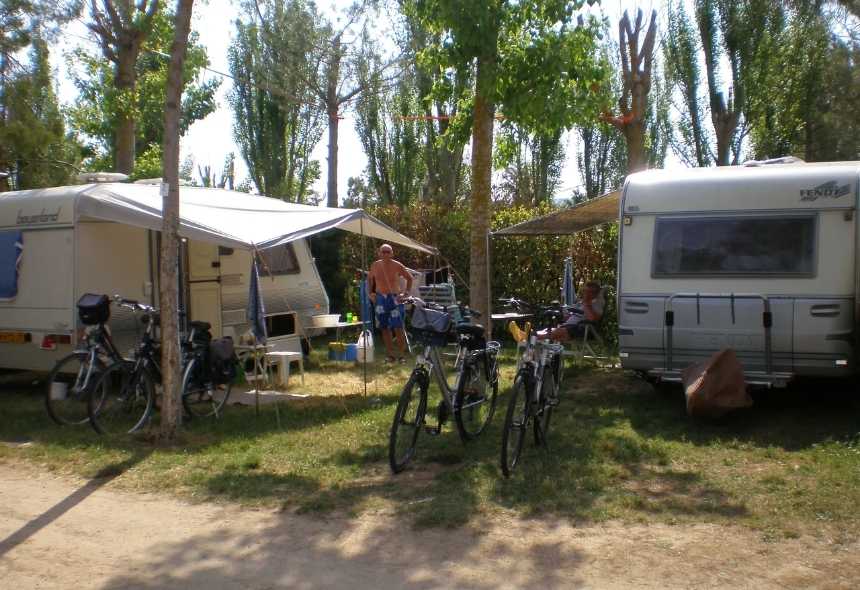
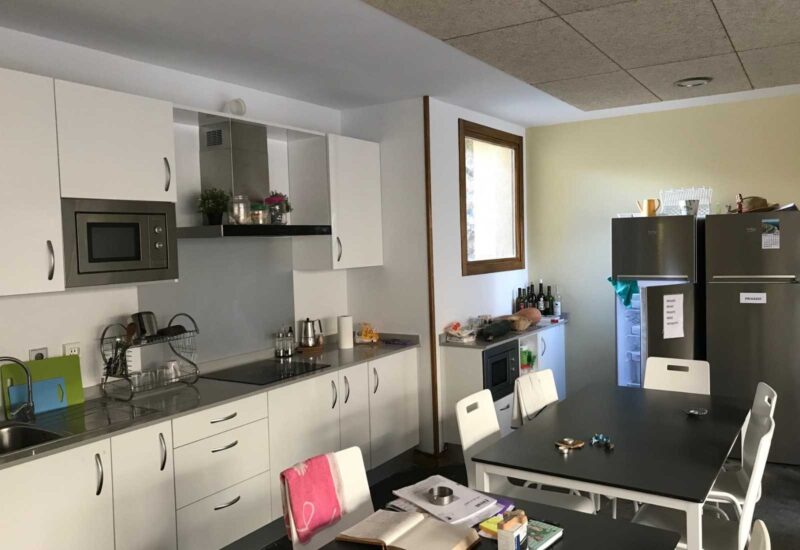
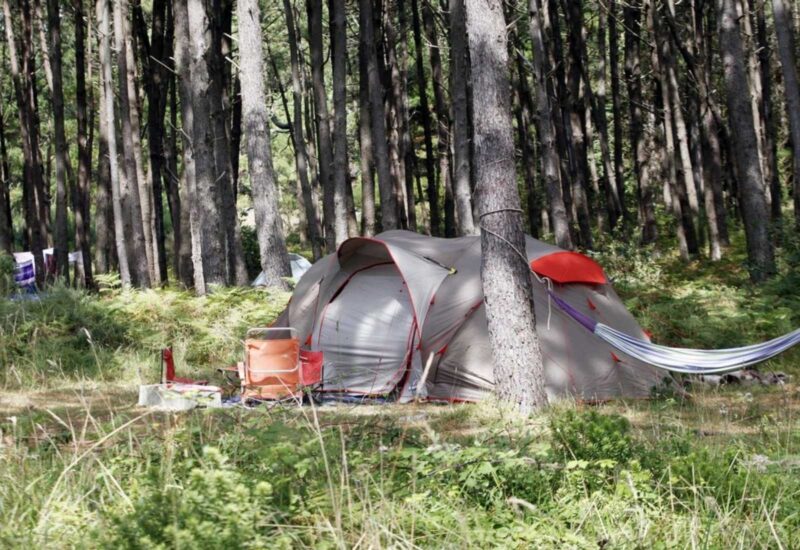
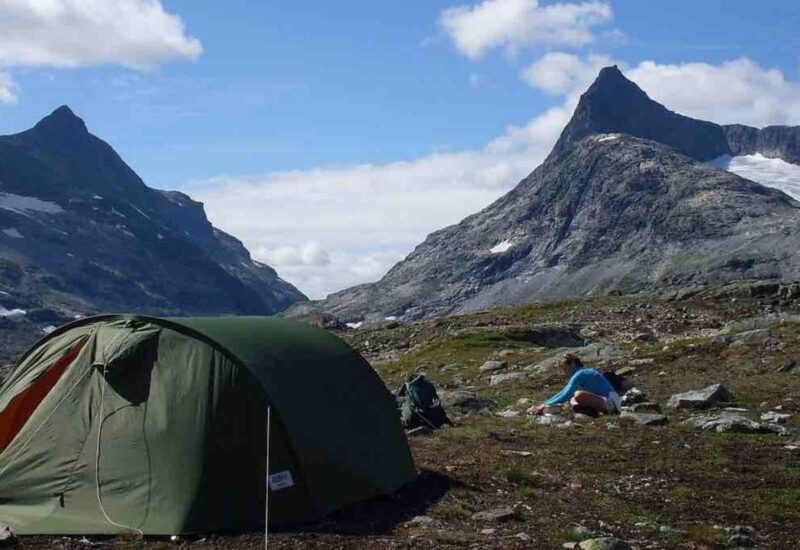




Leave A Comment